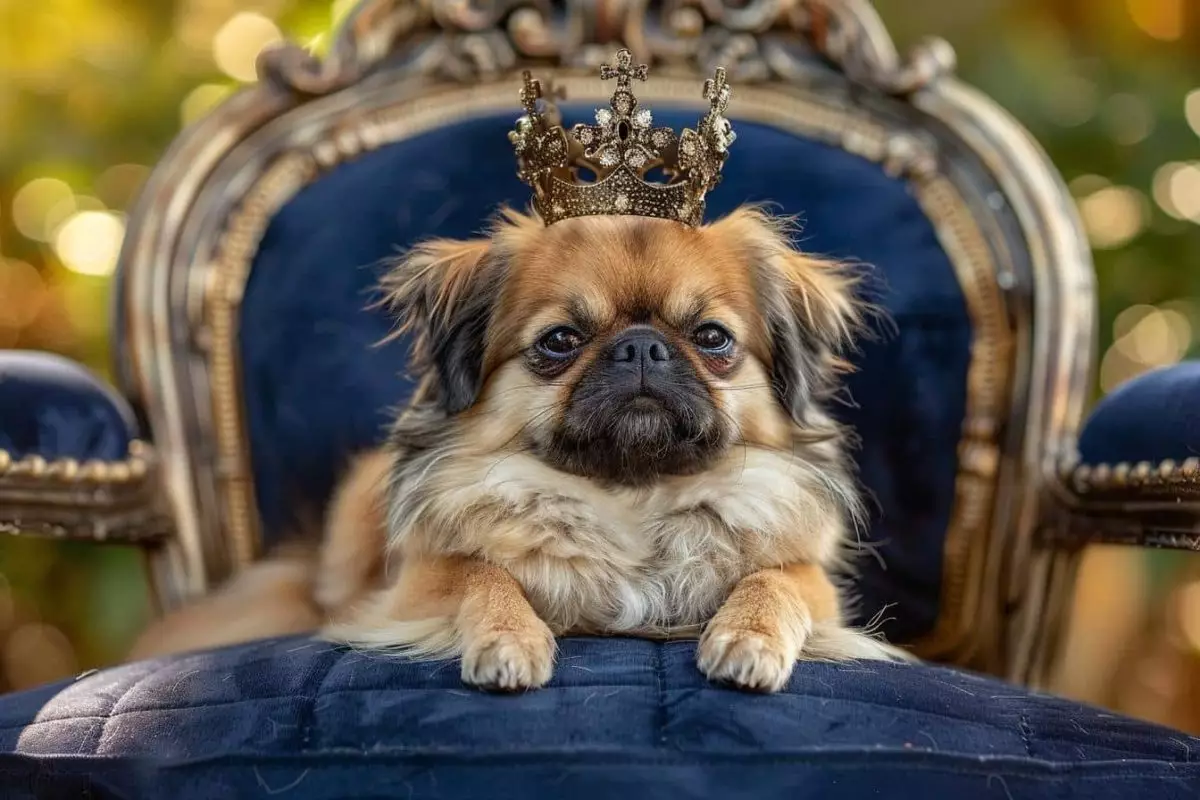Dogs have long captured human fascination with their expressive behaviors, from wagging tails to peculiar postures. Many pet owners wonder about the motives behind their furry companions’ antics. While some might dismiss these as simple quirks, a deeper analysis reveals that these actions often stem from innate instincts or emotional needs. Whether it’s a bark that echoes their desire for social connection or a territorial stance that protects their domain, each behavior serves a purpose rooted in survival, communication, or emotional expression. Recognizing these underlying motivations is essential for fostering a meaningful bond. When we see a dog sulk after not receiving attention, it’s a reflection of their need for companionship; a wagging tail, on the other hand, signifies welcoming or excitement. Acknowledging that these behaviors are neither random nor frivolous helps us approach our pets with patience and understanding, instead of frustration or confusion. It’s this nuanced recognition that transforms the way we relate to dogs—from mere pet owners to empathetic companions.
The Drama Queens of the Canine World: Breed-Specific Personalities Revealed
Certain breeds have cultivated reputations for their flamboyant personalities, embracing the label of “drama queens” with pride. Pomeranians, for instance, exude royal arrogance, demanding constant attention and displaying their dominance through loud barks and confident struts. Their fluffy coats and commanding presence only amplify their self-assured attitude. Similarly, tiny but fierce Chihuahuas act as fiercely protective gatekeepers of their territory—barking, growling, and throwing tantrums over anything they perceive as a threat. Their behavior is less about small size and more about a colossal sense of self-importance. Conversely, Yorkshire Terriers seem to view the world as their stage, insisting on being the center of every scene, whether it’s during playtime or lounging on the couch. Their demanding nature is complemented by their luxurious coats and sharp personality, making them unmistakably the diva of the canine world. These breeds share a common trait—they thrive on attention, often resorting to dramatic displays to command the spotlight.
The Need for Attention as a Catalyst for Drama
Attention is a vital currency for many dogs, especially those bred to crave human interaction. Dogs like Shih Tzus, Maltese, and Bichon Frises aren’t just affectionate—they sometimes seem to demand adoration with diva-like flair. These breeds are masters of theatricality, with tantrums and sulks becoming their language of choice when neglected. Their tiny stature and adorable looks often hide their strong desire for validation. When they don’t receive enough love or acknowledgment, expect a parade of diva antics—barking, sulking, or even playful protests—to remind you of their presence. French Bulldogs, with their playful yet sometimes moody demeanor, are quick to switch from comedic antics to pouty sulks if they feel slighted. It’s as if their complex personalities make every moment with them an unpredictable spectacle. This craving for attention, while sometimes exhausting, also reveals their deep emotional needs. These breeds believe they are deserving of the best in life, and they let you know in dramatic fashion if that’s not the case.
The Power Dynamics of Small but Mighty Dogs
Size often misleads us in the canine hierarchy. Dachshunds, despite their diminutive stature, exhibit a commanding attitude that demands respect. With their stubborn streak and diva-like tendencies, they often refuse to back down from a battle of wills. Their dramatic expressions—staring intensely or throwing a fit—are methods of asserting dominance, proving that attitude isn’t measured by size. Likewise, Scottish Terriers showcase independence paired with their flair for theatrics, pouting or refusing obedience when their ego is bruised. Their sassy attitude is not just a personality trait but a deliberate act of self-assertion. These dogs highlight a crucial lesson: confidence and attitude are qualities that transcend physical size. They teach owners that commanding respect and attention is often a matter of personality and style—traits that can be comedic or charming, depending on how we interpret them.
The Regal Divas and the Emotional Rollercoasters
Many “royalty” breeds like Pekingese and Lhasa Apsos reinforce their status through their demanding attitudes. With luxurious coats and stiff postures, they behave as if they own the household, expecting to be treated accordingly. When their grand expectations aren’t met, they respond with dramatic sulks or stubborn refusals, reinforcing their claim to the throne. Their aloofness and independence mask a deep craving for admiration, making their diva persona all the more compelling. Italian Greyhounds, with their sleek elegance and sensitive nature, elevate the drama to a new level. They often sulk or seek reassurance like the most emotional of celebrities, highlighting their desire for constant affirmation. Their refined grace is complemented by a need for emotional connection that can border on excessive, turning their subtle dramatics into full-blown diva displays. Such breeds exemplify how emotional depth, combined with a penchant for theatrics, defines the most captivating canine personalities.
The Charm and Challenge of Attention-Seeking Dogs
Having a dog from one of these dramatic breeds ensures every day will be anything but dull. Their flair for the theatrical, combined with unwavering loyalty, creates an unpredictable but deeply enriching companionship. However, it also demands a certain level of understanding and patience. These dogs don’t merely seek attention—they command it with style and panache. Their antics, while sometimes testing our limits, ultimately serve to deepen our emotional connection. They remind us that dogs, much like humans, seek validation and love in their own unique, often exaggerated, ways. For owners willing to embrace their pets’ dramatic personalities, these dogs offer a loyal, entertaining, and emotionally profound partnership—if you can handle the show, they will transform your life with their undeniable charisma.
Note: The portrayal of these dogs as “divas” emphasizes their bold personalities, but it’s important to remember that their behavior stems from natural instincts and emotional needs. Their theatrics are expressions of love, trust, and the desire to be truly seen and appreciated.

